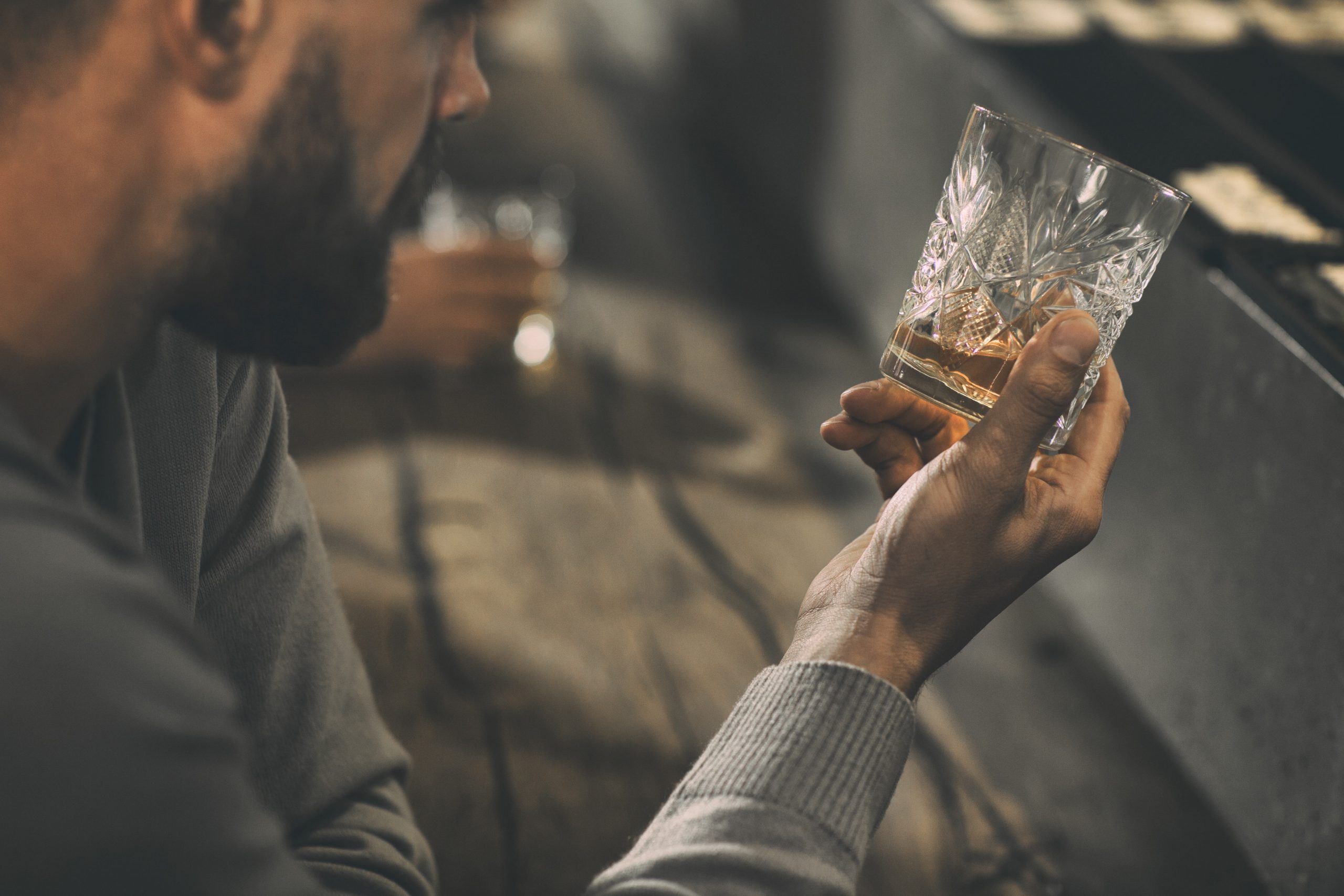Ever thought why brandy has a subtly different flavor in contrast to whisky?
You often find Alcohol connoisseurs reeling off hundreds of rosy tastes like caramel notes, nutty feel, etc., with it. However, the actual taste and intensity depend primarily on the brewing process, composition, or sensation, and, yes, one’s genetic variation.
In order to determine what alcohol tastes like, various studies were consulted, and it was concluded that alcohol has a distinct taste with a collective sense of bitterness and sweetness.
But HOW? Here comes the answer!
Table of Contents
ToggleHow Does Alcohol Taste Like?
While some people elicit the taste of alcohol as bitter and disgusting, others like to take one shot after another, claiming it to be nothing less than a rosy bouquet. However, describing the taste of alcohol, in reality, is quite challenging.
Generally, the taste of alcohol is associated with bitterness; research has found that some people find it sweet and sour.
Indeed, the taste of 100% pure alcohol (ethanol) is quite bitter. However, diluting alcohol with water is known to not only reduce its intense bitterness but also release some volatile compounds that add to the taste and aroma of the beverage.
Interestingly, research has shown that people with a paternal history of alcohol consumption are more likely to have a preference for sweetness towards alcohol as compared to regular users.
Factors Affecting Taste of Alcohol- Exploring The Hidden Science!

Rather confused about how the same ingredient could bring so many flavorful twists?
From the method of preparation to your genetic variation and bias, several factors have been demystified that contribute to determining the final taste of alcohol.
A few important ones are:
1. Individual Taste Preferences
Surprisingly, it has been found that where other factors play their role, genetic variation and individual preference are the most important ones in determining the taste of alcohol.
Yes! Studies have proven that the difference in taste receptor genes and taste buds makes the same alcohol sweeter for one person and bitter for the other.
For example, a researcher studied if genetic variation in three chemoreceptors in the mouth, i.e., TAS2R13, TAS2438, and TRPV1, showed different sensations towards the same alcohol sample. The results showed that people with more active bitter receptor genes claimed alcohol to be more distasteful. Those with a paternal history of alcohol use disorder have a more developed taste and liking.
Similarly, in 2002, researchers found that people with low sensitivity to bitter-tasting compounds drank alcohol more than those with high sensitivity.
2. Manufacturing Process
One of the prime factors that decide the enrichment of flavors in alcohol is the process involved in its manufacture. The alcohol which has undergone malting often tastes sweeter than others. The reason is that carbohydrates are converted into sugar, which your taste buds in the mouth can easily recognize.
On the other hand, the sour, bitter taste is centered around the distillation process.
3. Ingredients And Composition
Different types of ingredients play a role in developing different flavors in alcohol. For example, those containing dark grain seeds have caramel or coffee-like aroma, those rich in hops release classic citrusy notes, and those containing added fruits develop a sweeter taste.
Moreover, the brewing process releases various esters that add a fruity aroma.
4. Ratio Of Ethanol
The proportion of liquid and ethanol in your alcohol makes a promising difference in the crispness, freshness, and hydrophilicity.
Ethanol molecules are hydrophobic; therefore, they tend to flee and move around the headspace, thus making it easier for brain receptors to smell its bitterness and crispness.
So, alcohol with rich ethanol content turns out to be more burning and bitter than the one with a higher volume of water, thus preventing the aroma from fleeing toward headspace.
5. Serving Temperature
Yes! Serving temperature makes a marked difference too.
At hot temperatures, alcohol is known to vaporize quickly, thus making its way directly through our nose, giving us a more pronounced sensation of a strong, crisp, and bitter taste.
On the other hand, it is observed that at low temperatures, the intensifying flavors are dampened, providing a lighter taste.
Why Do Different Alcohols Have Different Flavors? Decoding The Unique Profiles

As mentioned above, the chemical composition, water-to-alcohol ratio, and added flavors help develop the intensifying flavors of alcohol.
That is why different people have a liking for different types of alcohol. Some people prefer brandy enriched with notes of ripe apples, while others go for Amaro, which has a unique bitter profile.
Here are the tastes of a few common alcohol base liquors.
- Brandy– made by combining wine and fruits, thus has a subtle fruitiness in it.
- Whiskey– is made by fermenting various grains like corn, barley, etc., followed by aging in oaks. It has a unique taste of sweet vanilla and smoke.
- Vodka– distilled beverage containing only ethanol and water, thus having a neutral alcoholic savory taste.
- Gin– often flavored with juniper berries and other herbs, thus leaving a dry, citrusy taste with a piney aroma.
More or less, all the base liquors and spirits possess a flavor profile having a combined taste of sweetness and bitterness.
A Few Non-Alcoholic Alternatives to Go for!
Alcohol is extremely harmful to the human body and is known to cause more than 200 harmful diseases.
So, why not opt for some alternative here?
Here are some Non-Alcoholic Alternatives you can take to recreate the crispy effect without any risk of intoxication.
Non-Alcoholic drinks are generally described as beverages with less than 0.5% alcohol.
These include:
- Sparkling Tea
- NoLo Bear
- Mocktails
- Fruit Juice
- Cold Pressed Juices
Final Verdict
All in all, alcohol has a very complex, multifaceted taste influenced by various factors. It is generally perceived as a mixture of sweetness and bitterness. Some people categorize it as having a bitter and fiery taste with a burning sensation, while others claim it to have a sweet, fruity aroma. Ultimately, it is the tolerance level and sensitivity level of one’s taste buds that determine the final taste.

I am a passionate beer connoisseur with a deep appreciation for the art and science of brewing. With years of experience tasting and evaluating various beers, I love to share my opinions and insights with others and I am always eager to engage in lively discussions about my favorite beverage.
















